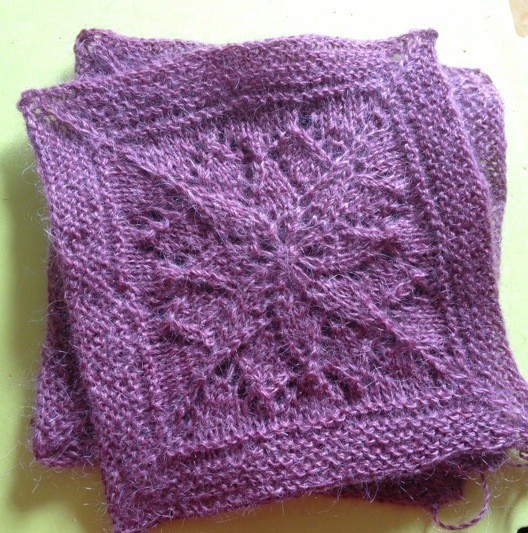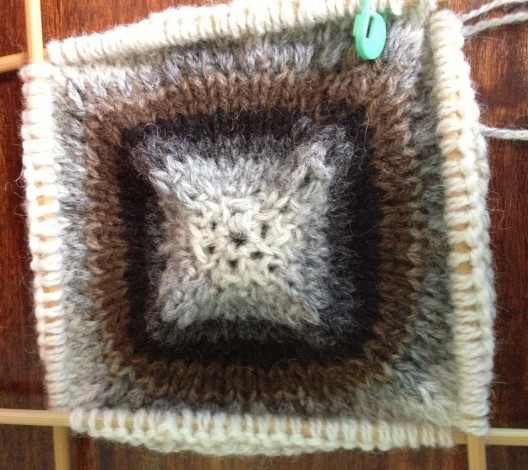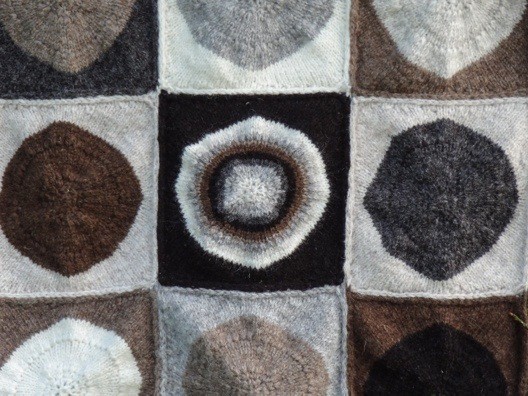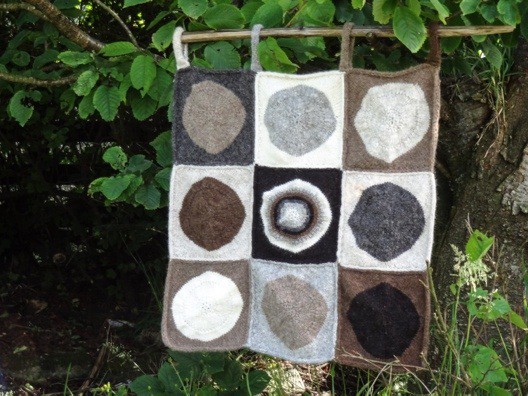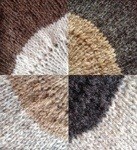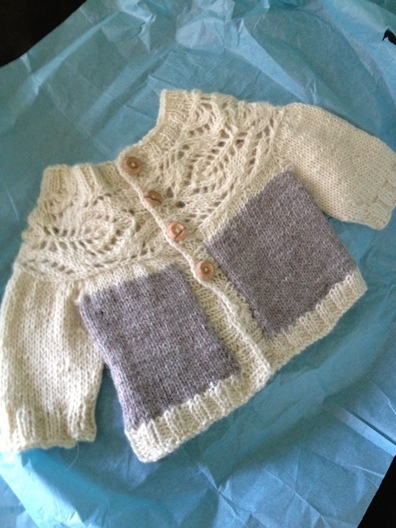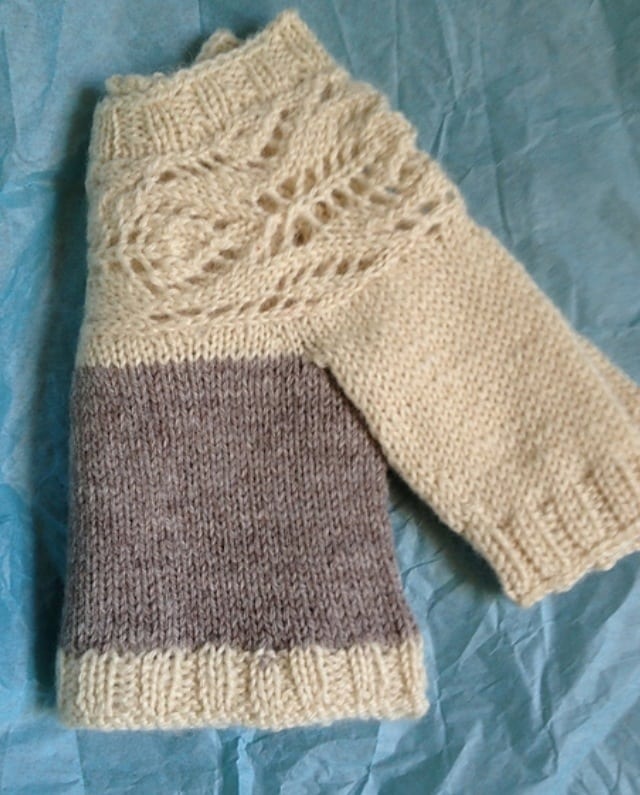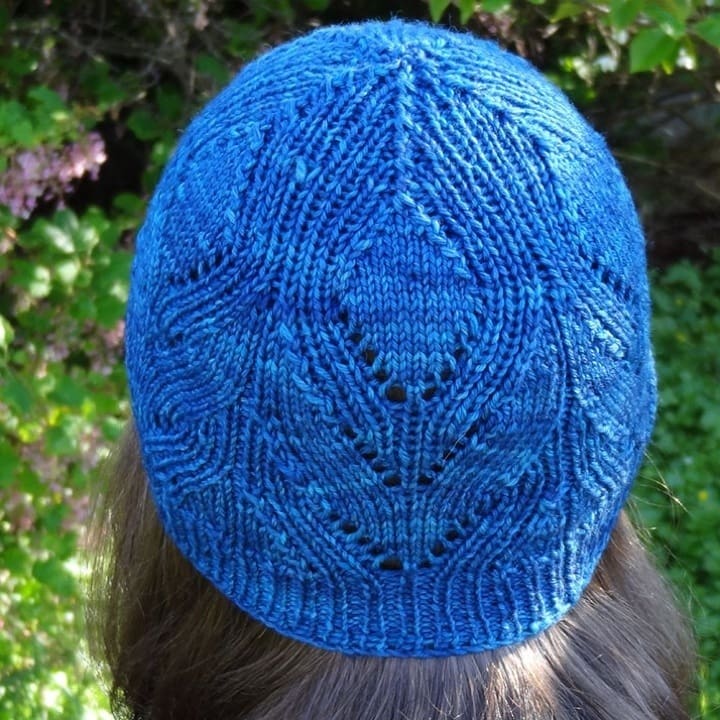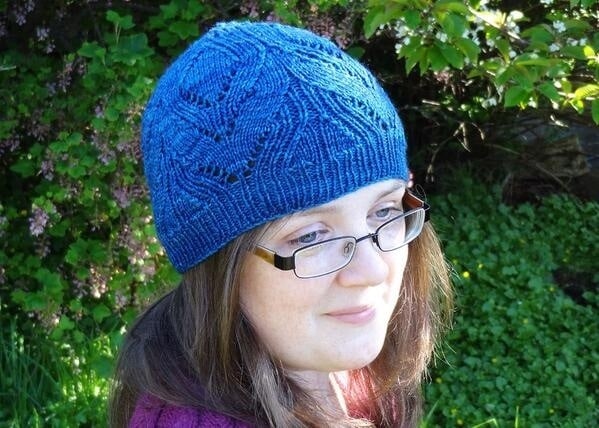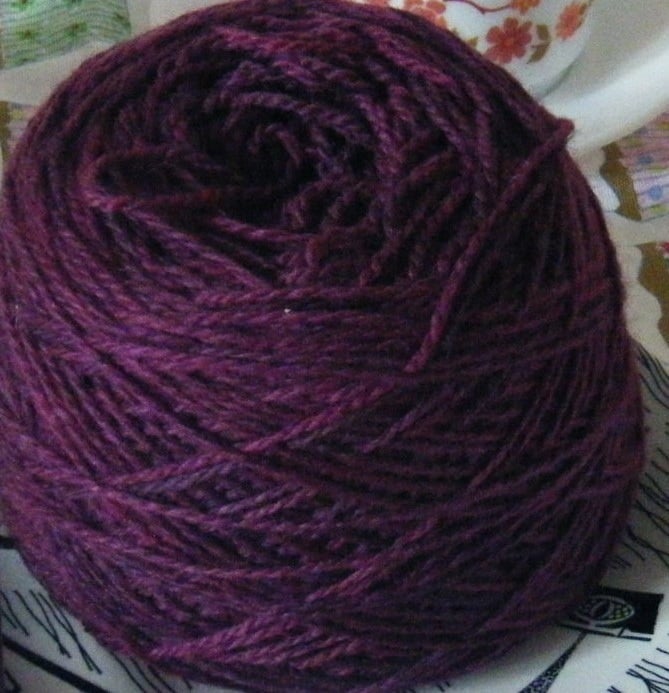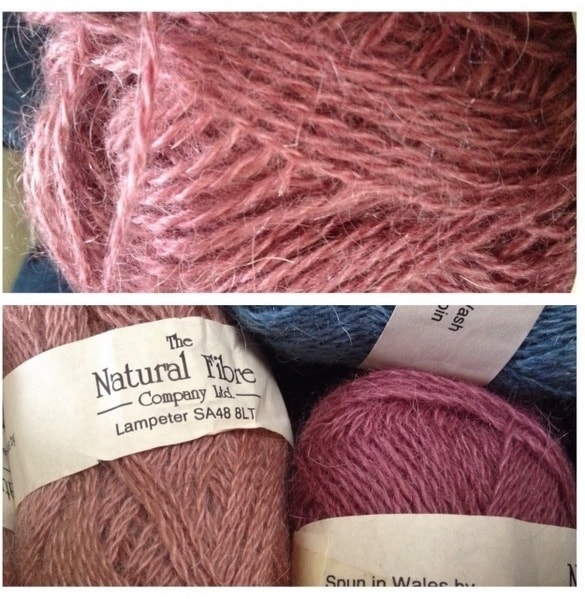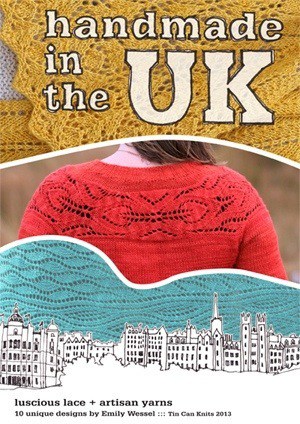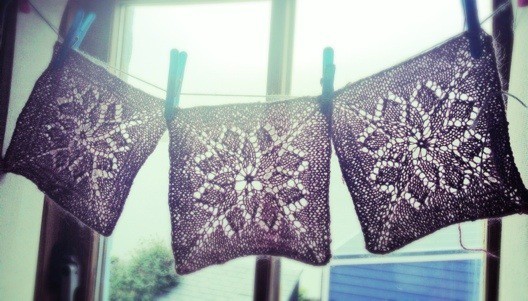I think the seasons are beginning to shift…
…even though I have never particularly enjoyed the creeping darkness at this time of year – from long, light Shetland summer evenings to unending darkness in winter – I do love the colours that surround us in autumn. It’s such a short season, but so much happens to change the look of the world.
Leaves are transitioning – some are standing strong, while others have found the pavement already.
I adore the colours that seem to change, moment to moment.
Where there is green, it clings on in jewelled tones.
And while the autumn begins to encroach its golden fingers over the end of the “summer”, it officially brings scarf season!
Of course, I try and keep my thrapple covered most seasons and champion year round scarf-wear, but I do like to see people starting to emerge in woolly accessories.
I finally got my Ronaes shawl blocked and we snapped a couple of pics of it before I had to wrap it up for my friend’s birthday.
You may remember my post about the release of Karie Westermann’s Doggerland: I was eager to get my knitting hands on it and get going. Ronaes is a great project – of course, I am a sucker for garter stitch, but there was something about this project.
![IMG_3154[1]](https://woolwork.net/wp-content/uploads/2013/08/IMG_31541.jpg)
The pattern and the FO have a simplicity, but also a real touch of elegance. I also love the shape, long like a scarf with a nod towards the crescent shawl – the lovelyfella called it a sharf, which sounds simple, but definitely not elegant!
Of course, scarf season would not be anything without HAT season! While maybe not *quite* full-on hat season just yet, the one I wear is Woolly Wormhead’s Castiel, which I knit it in a looser gauge to get slouchier effect. (More on the wool in a later blog!)
You can buy Castiel in a collection called Hatopia, which is raising funds to save the Mutonia community where Woolly lives – not only is it home to many, it is also a work of art and forms the backdrop for all Woolly’s photo shoots.
If you are unaware of this cause, please do click on the link to find out more and you can directly help by buying the fantastic book, which is a limited edition – £7 from the £9 price-tag goes directly to fund-raising efforts.
And on the subject of donning woollens, even local scaffolding is getting wrapped in wool! I was really tickled by this, outside of Jamiesons of Shetland shop in Lerwick!
![IMG_3155[1]](https://woolwork.net/wp-content/uploads/2013/08/IMG_31551-477x1024.jpg)
So, no, I do not like the transition from light to dark nor cherish the thought of leaving for work in a strange half-dark and watching the sky just wash out in the evenings. However, we are heavily compensated with the gradual change in our surroundings.
In Shetland, sometimes you are lucky to have an autumn – we can go from summer to the wilds of winter fairly quickly. Last year it seemed the leaves were on the sycamores one day and empty the next! And yes, I do have a tree in my garden, several in fact! Shetland is not completely without trees. We can live on a scantily tree-clad landscape and still appreciate the change in the seasons.
If it can stay mild for a short time you really can appreciate the loveliness of a Shetland hairst in all its brief glory.
The heather is burning with colour on the hills, which does tell us summer is on the way out, so dreaded creeping darkness aside, bring on the full “season of mists and mellow fruitfulness”! Maybe that is why it is such a short season, so that we appreciate it all the more.
Colours of the landscape are very much in my mind now as I think about my next project…
![IMG_3151[1]](https://woolwork.net/wp-content/uploads/2013/08/IMG_31511-528x498.jpg)
What do you think about knitting when the seasons begin to change?


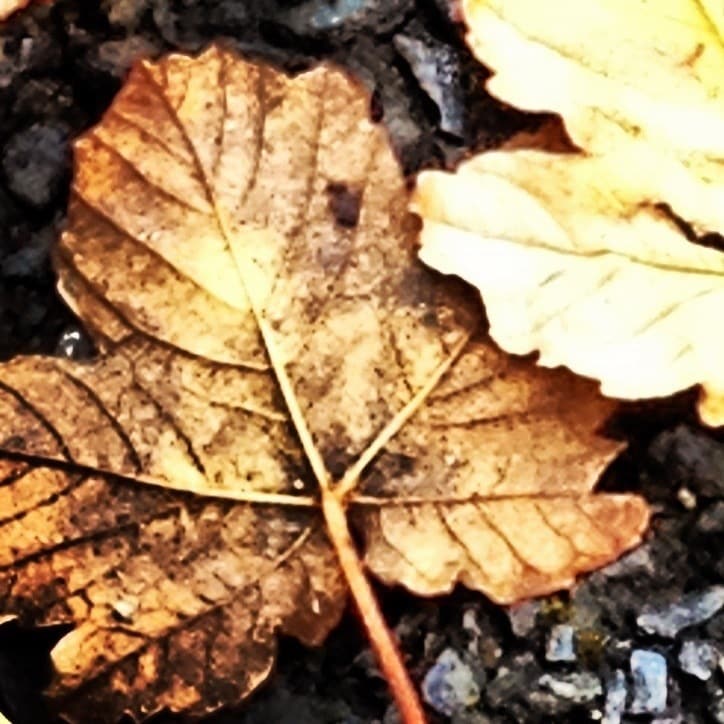
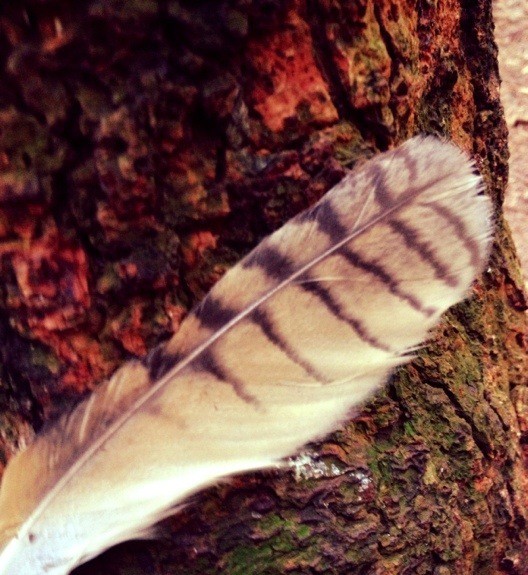
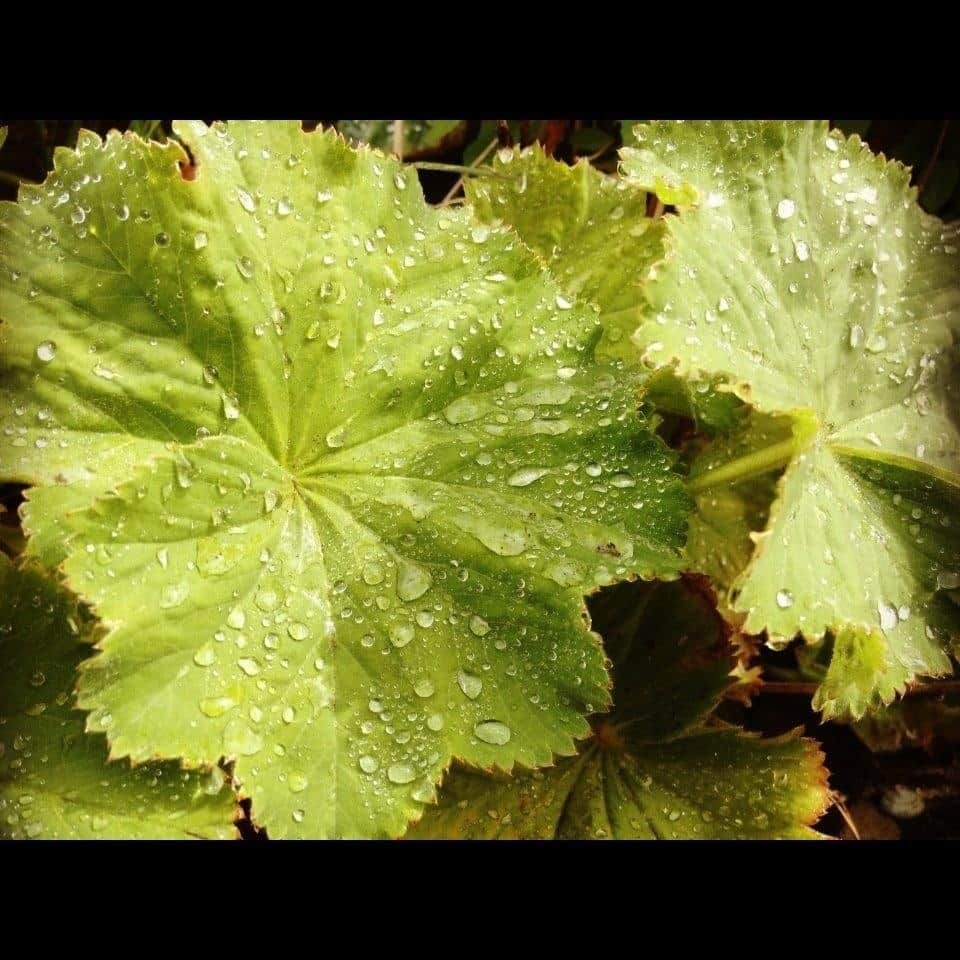
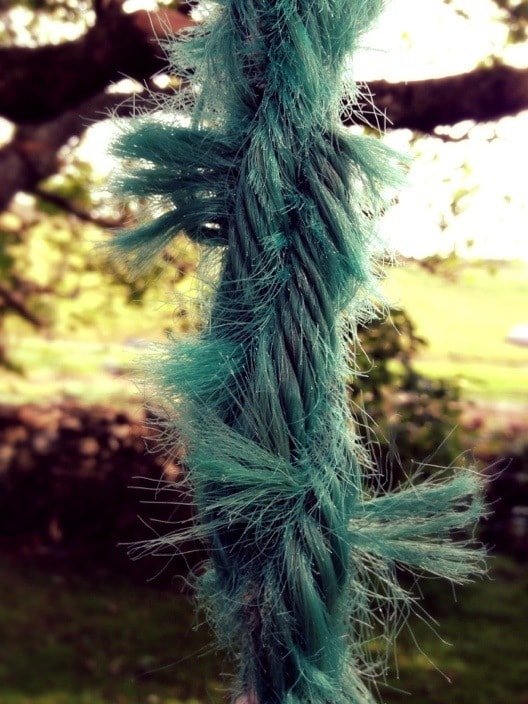
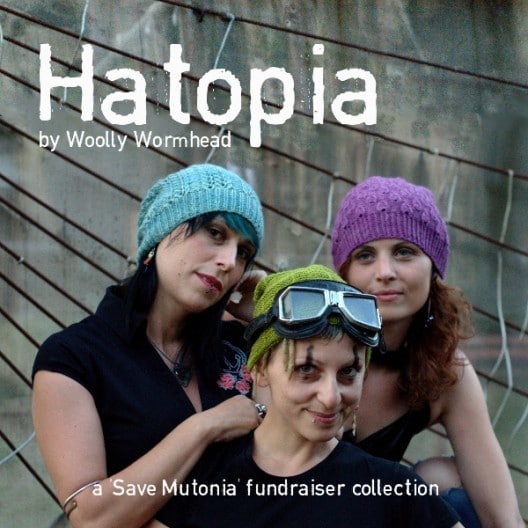


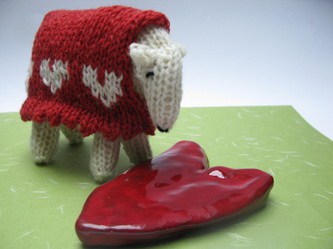
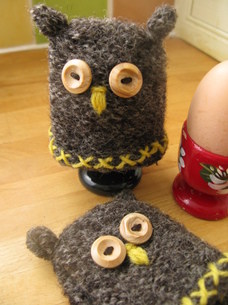
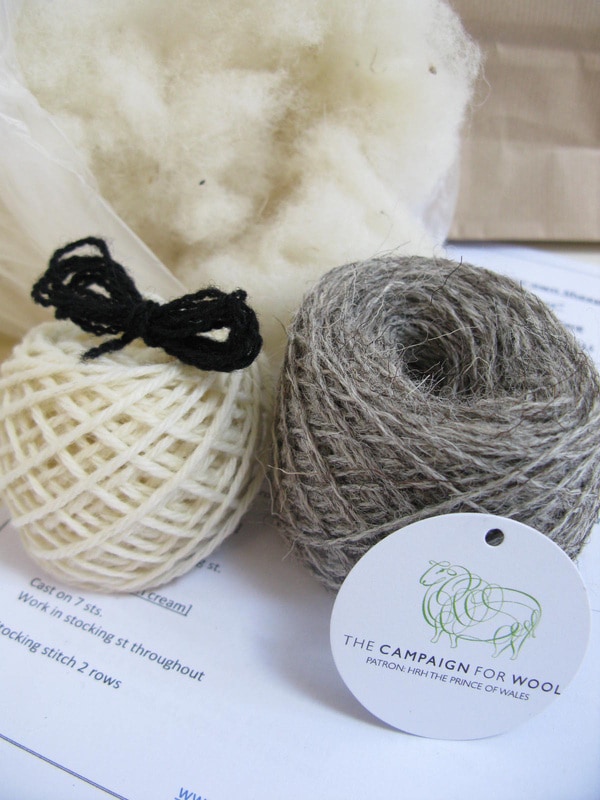
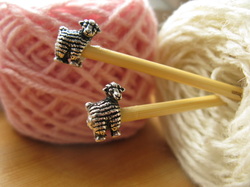

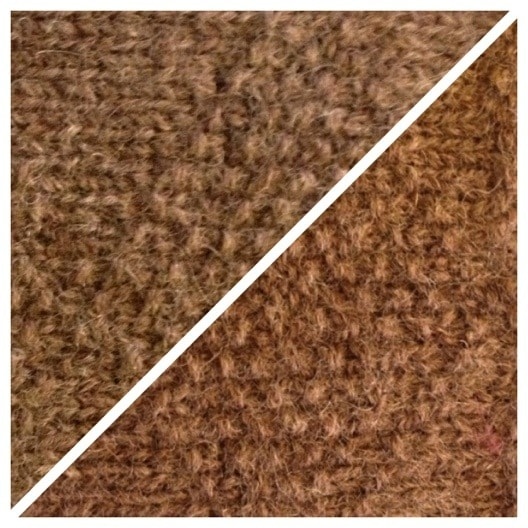
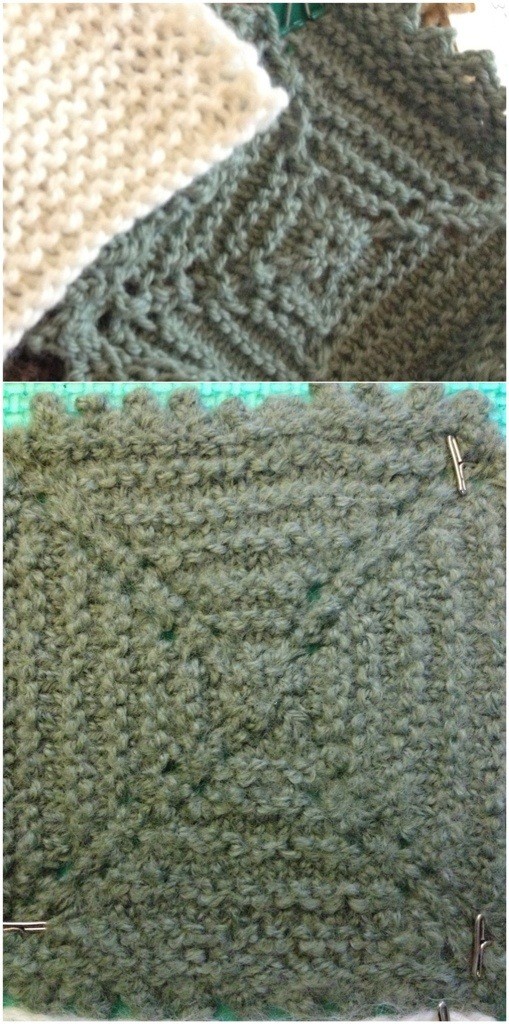
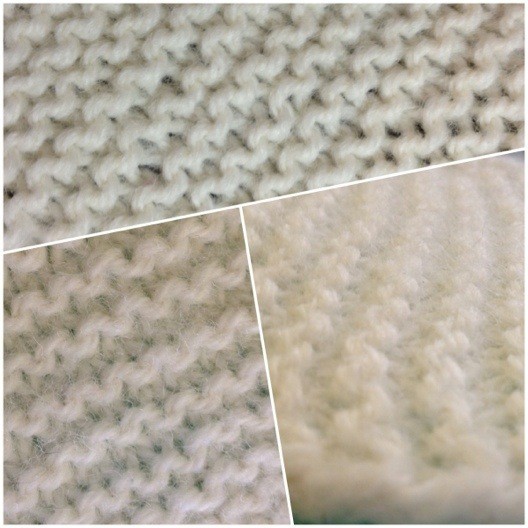
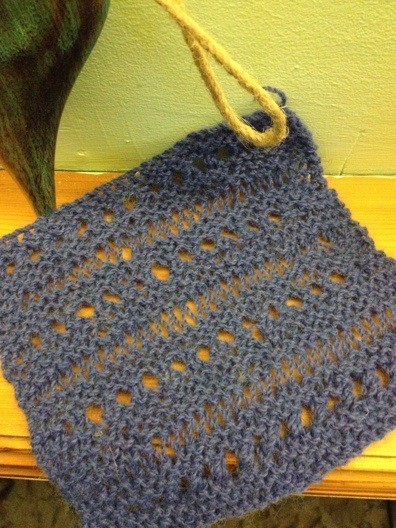

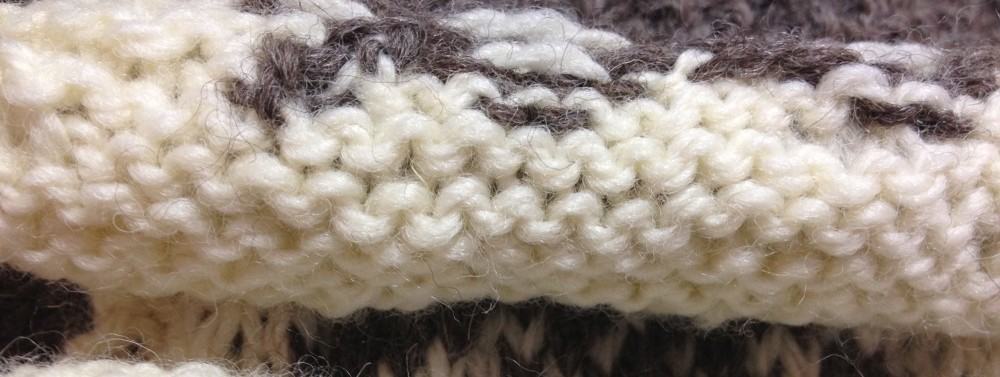
![IMG_3026[1]](https://woolwork.net/wp-content/uploads/2013/08/IMG_30261-e1376570243969-528x410.jpg)
![IMG_3024[1]](https://woolwork.net/wp-content/uploads/2013/08/IMG_30241-e1376571061147-528x615.jpg)
![IMG_3029[1]](https://woolwork.net/wp-content/uploads/2013/08/IMG_30291-528x396.jpg)
![IMG_3031[1]](https://woolwork.net/wp-content/uploads/2013/08/IMG_30311-528x396.jpg)
![IMG_3010[1]](https://woolwork.net/wp-content/uploads/2013/08/IMG_30101-e1376574570871-257x300.jpg)
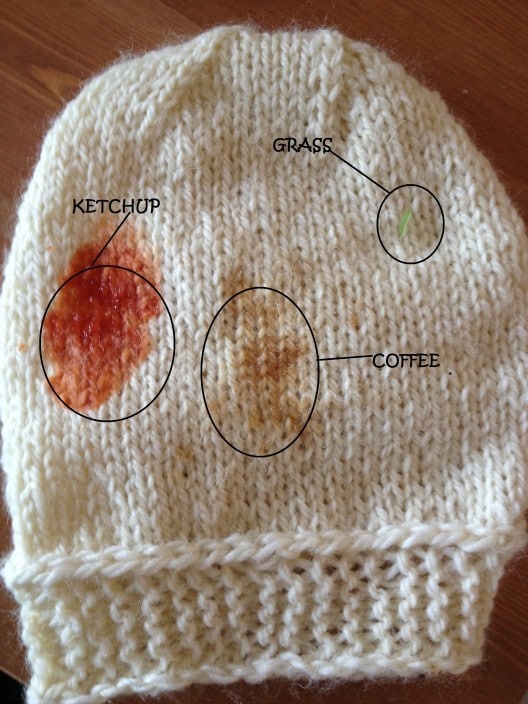
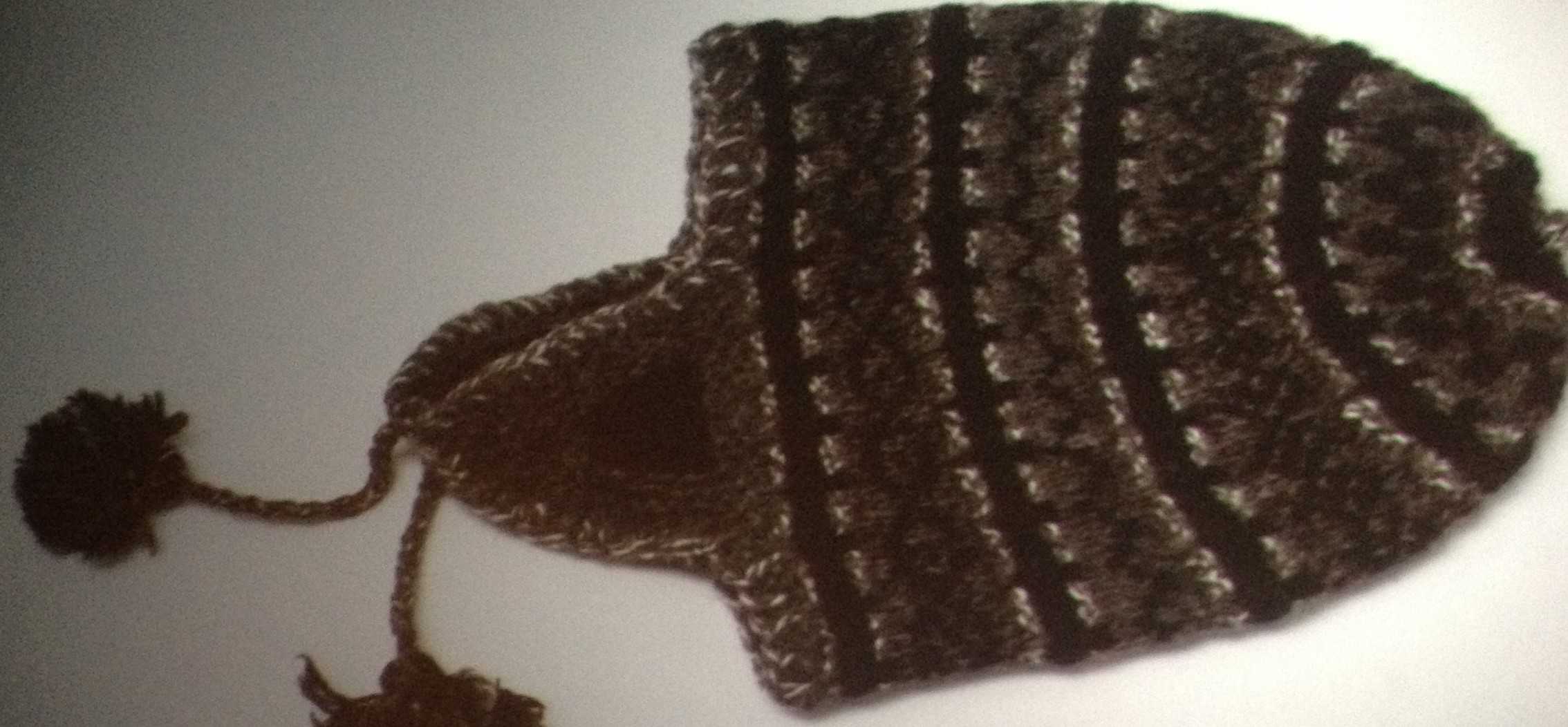
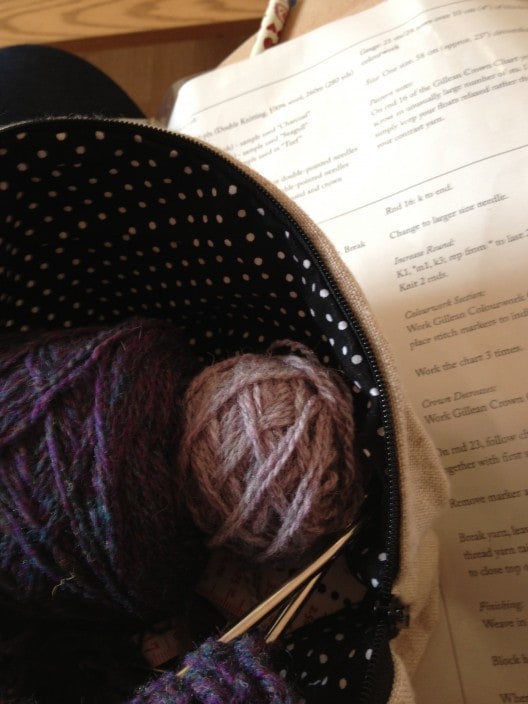

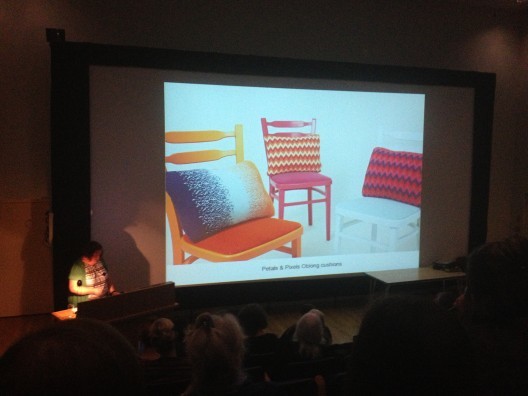
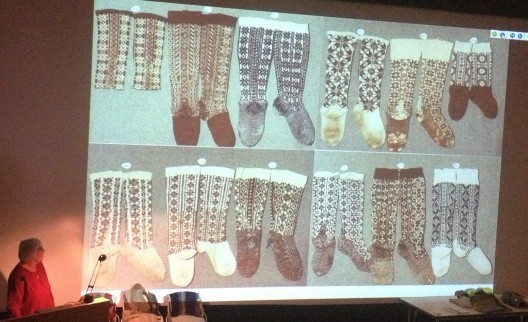

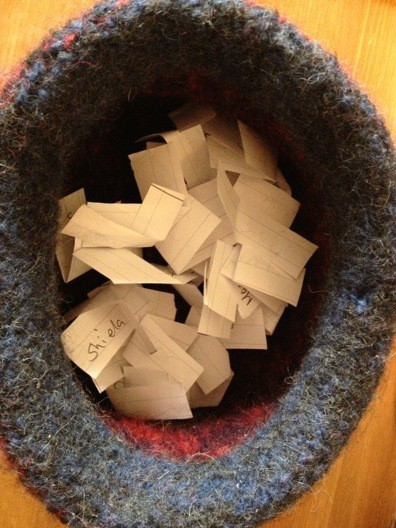
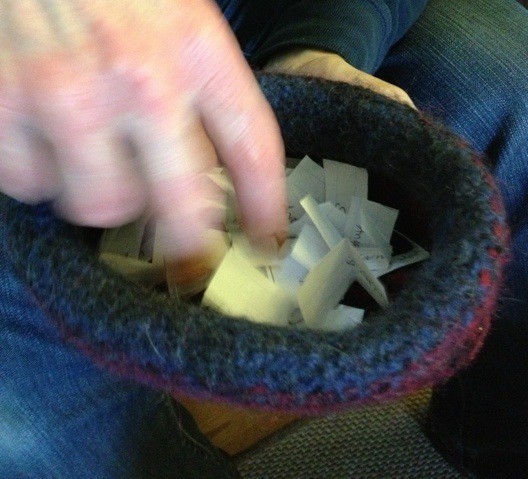
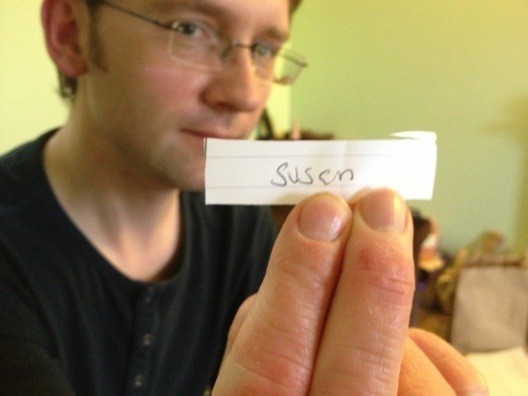
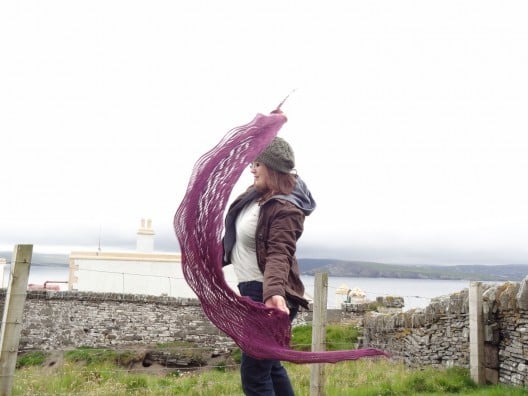
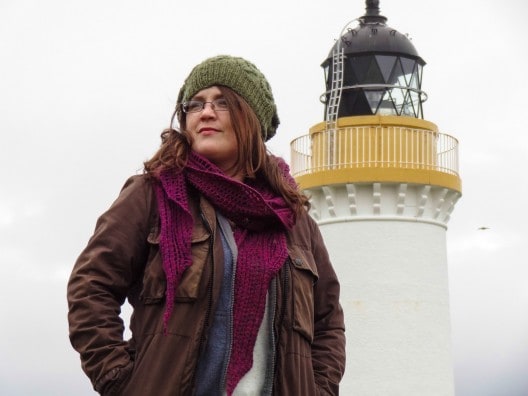
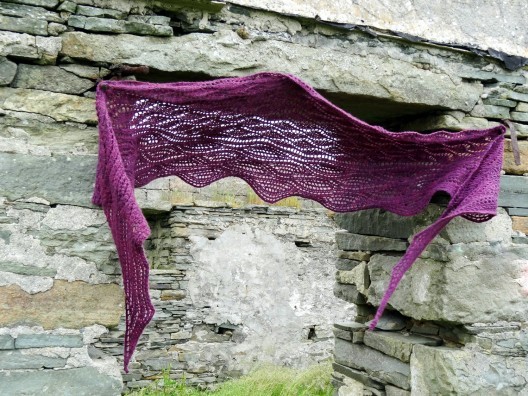
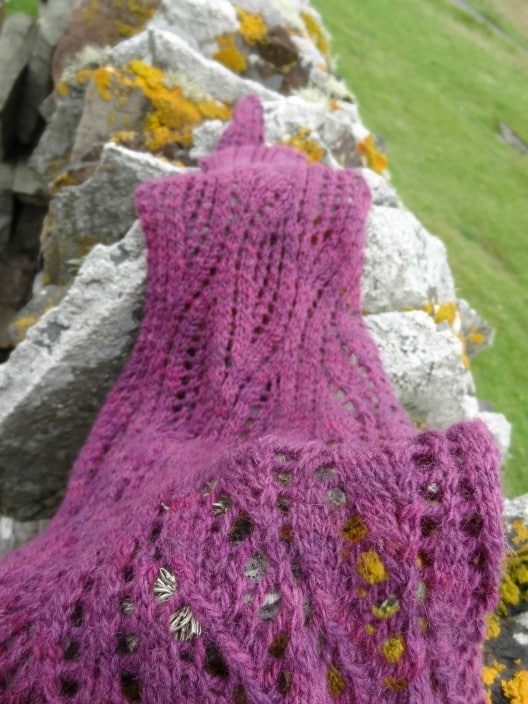
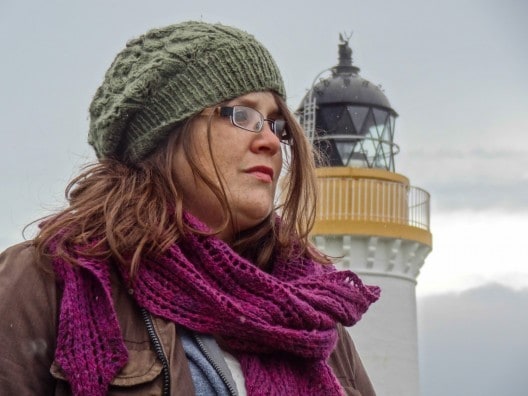

![IMG_2608[1]](https://woolwork.net/wp-content/uploads/2013/06/IMG_26081-528x396.jpg)
